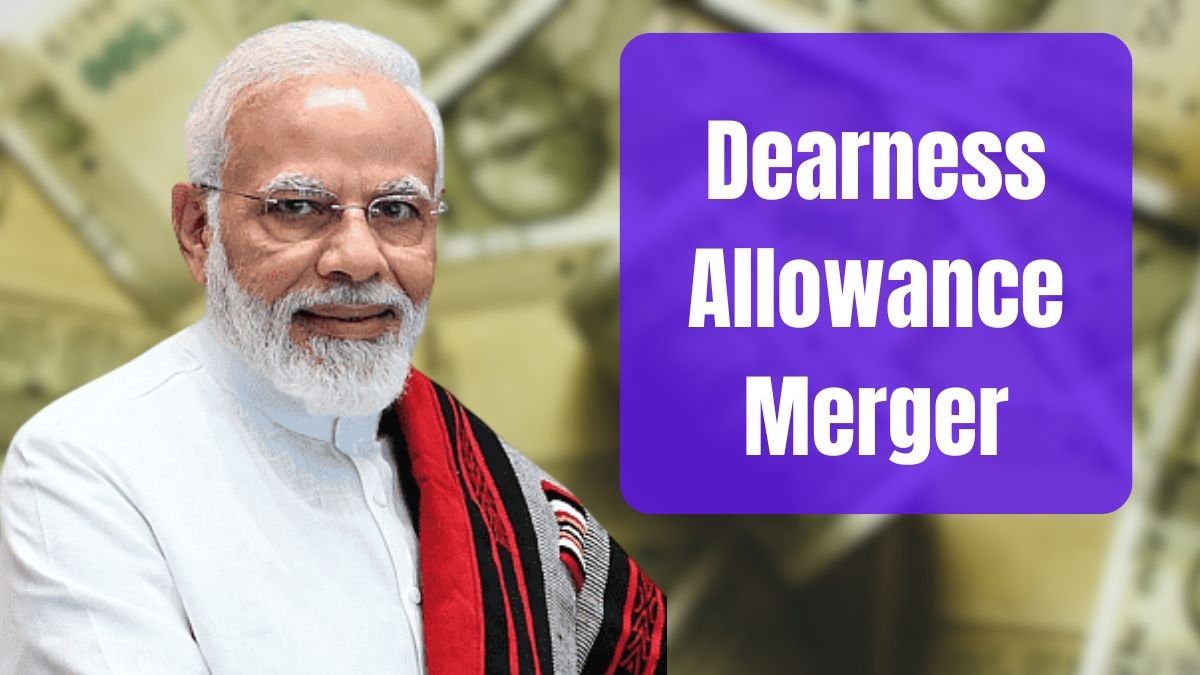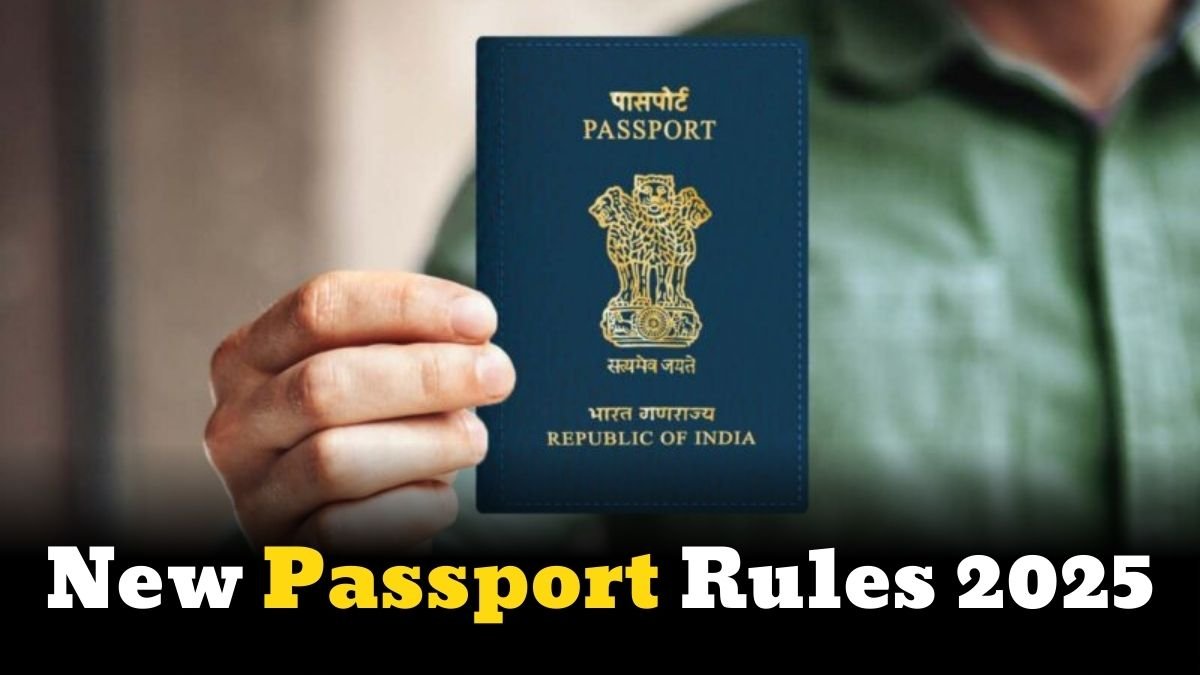The merging of Dearness Allowance (DA) into pay has proved to be a significant concern for government employees and pensioners, of which the present rate of DA has crossed 50% after which once again rise the demand that it should be merged into the basic pay. The merger will not only increase the salary of the employees; it will also have an influence on other allowances. If we know what would be the process of DA merger, its advantages, and what could be the government’s position on this, that should read:
What Is The Dearness Allowance Merger?
This allowance is given to employees by the government, both central and state governments, as well as to government pensioners, to help mitigate the effects of inflation. When this allowance rises more than 50%, there is also a demand to merge it with the current basic pay. What happens next is that the basic pay of employees increases, which leads to the rise of other allowances, including HRA, gratuity, and pension.
For Which Years The Merger Of DA Happen?
Dearness allowances have so far been merged four times in India, during 1986, 1996, 2006, and 2016. Whenever the DA amount exceeds 50%, the government accomplishes merging it with the basic pay. Currently, the condition of DA is above 50%, so once again, the demand from the employee unions surfaces.
What Are The Advantages Of The DA Merger?
Generally, the effects of merging DA with basic pay are three-fold; in the first place, it raises basic pay, impacting all other allowances. Second, gratuity and pension will be calculated concerning the increased salary. Third, allowances like HRA and transport may increase, besides addition to the DA.
Will The Government Merge DA?
Neither the central government has announced so far any official declaration on DA merger. Still, the continuous demand of the employee unions remains there. Some experts feel that under the current post-COVID-19 economic situations and fiscal pressure, the government is less likely to make an immediate decision on this for the employees’ sake. But if the government does this, it will immensely relieve around 1 crore employees and pensioners.
What Will Be The Future?
Long run effect will be brought about by merging DA with salaryapproved by the government. It will strengthen their salary structures in order to deal with the brunt of inflation over the years to come. Certainly, considering this, the government had to face a lot of challenges in taking this decision due to the possibility of increased financial burden.
Conclusion
This joining of dearness allowance will certainly be a great relief for the employees of the central and state governments. But then it will also have its economic fallout on the state. If it happens, it will prove beneficial to not only current employees but also pensioners. For now, however, all of these eyes await the government’s next move.
Also Read: 7th Pay Commission Leave Rules: More Flexibility And Better Work-Life Balance





